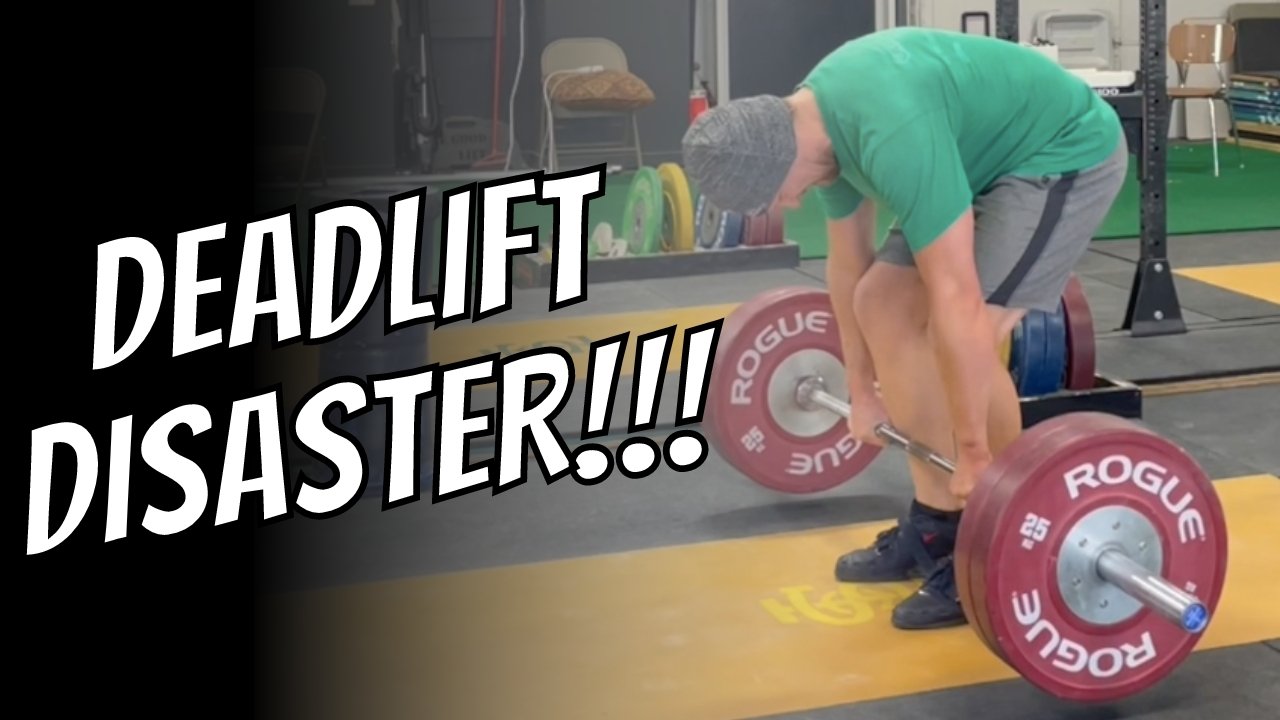How to Deadlift: Set Your Back the RIGHT Way - Part 3
/Quick Recap
In the previous articles in this series, we covered two cues to help get your back correctly set in rigid and flat extension. In Part 1, we discussed the “squeeze your chest up cue” that’s already present in the deadlift 5-step setup, and in Part 2, we examined the cue of “push your belly down between your thighs.”
In this article, we introduce a third cue to help you get the job done. I’d also recommend watching the included video above to see this cue in action.
Cue #3: Wrinkles in the Shirt
When using this cue, you try to create a series of wrinkles along your back in the fabric of your shirt.
Figure 1: this poor fool can’t see how ridiculous he looks.
This cue often works quite well because - even though you might not have a good sense of how to set your back or even what’s going on with your back (since you can’t see it while lifting a barbell as shown in Figure 1) - you might still have a solid idea of what movement is necessary to create wrinkles in the back of your shirt (Figure 2).
Another way to picture it . . .
Picturing an arched back (i.e., the opposite of a flexed or rounded back) can help with this process.
figure 2: Notice the wrinkles in becky’s shirt? this is much better.
Granted, you don’t want an arched back - if you arch (i.e., overextend) your back, you’re actually overdoing it. We don’t want an overextended back, but if you’re having a tough time getting your back in extension when setting up to pull, you can try to arch your back because you won’t actually be able to accomplish it anyway. In other words, the picture of an arched back is a useful overcue.
Try this cue the next time you deadlift, and we’ll be back in Part 4 of this series in the near future.
As always, we hope this helps you get stronger and live better.
(Some links may be affiliate links. As an Amazon Associate, Testify earns from qualifying purchases.)










